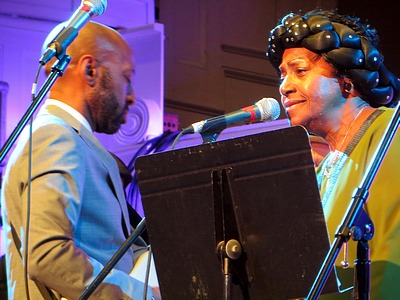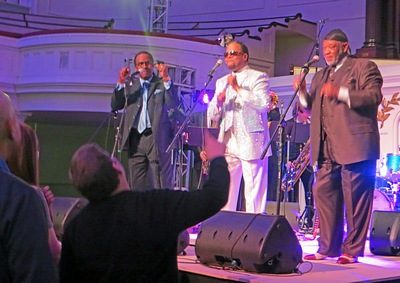
Theater 2020, Brooklyn Heights’ own professional theater company, will present a fortieth anniversary revival of the Hal Prince version of Leonard Bernstein’s (photo) musical comedy Candide, based on the novel by the same title by Voltaire. The show will run for four successive weekends: February 14, 15, and 16; 21, 22, and 23; 28, March 1, and 2; and 7, 8, and 9.. Friday and Saturday performances will start at 8:00 p.m.; Sunday’s performances will begin at 3:00 p.m. The venue is St. Charles Borromeo Church, 19 Sidney Place. From Theater 2020′s press release:
The 18th Century author Voltaire wrote a fanciful story about a young man, Candide, whose journey of improbable misadventures leads him ultimately to love, manhood and the meaning of Life. War, natural disasters, unnatural assignations, torture, pirates and disease are among the many obstacles Candide overcomes, in a paradoxically comedic satire, with the help of his mentor Dr. Pangloss, his love Cunegonde and the omnipotent presence of Voltaire himself. Leonard Bernstein’s musical adaptation, with a book by Lillian Hellman, and lyrics by Richard Wilbur, John LaTouche and Dorothy Parker, first appeared on Broadway in 1956. In 1973, Hal Prince got Hugh Wheeler to write a new book and this pared down version, with additional lyrics by Stephen Sondheim, was presented in Brooklyn at the Chelsea Theatre Center (now BAM). Theater 2020 is delighted to bring this version back to Brooklyn, in a site-specific production at St. Charles Borromeo Church. Relying heavily on its outstanding ensemble, the costume design of New York Innovative Theater Award Nominee Viviane Galloway and the piano virtuosity of Music Director Ming Aldrich-Gan, this production brings a classically contemporary take to the musical, in which extreme optimism is lampooned in favor of a more pragmatic approach to life. The characters are archetypes, the tale is episodic and picaresque, the style is guerilla theater meets morality play — and the music is glorious! Hal Prince wrote of his 1973 production: “Candide owes its origins to medieval theater, to the Globe, to commedia dell’arte. It is street theater. It is not about film. It is about live actors and a live audience.” When a 21st century audience meets skilled singer-story tellers, it’s “The Best of All Possible Worlds.”
Your correspondent is amused that among the contributors to the original version of the musical Candide were Lillian Hellman and Dorothy Parker, whose mutual loathing is perhaps best summed up in this anecdote:
Hellman (holding door open as Parker approaches): “Age before beauty.”
Parker (swooping by): “Pearls before swine.”
Admission to Candide is $18.00. You can make reservations and buy tickets here or at the Theater 2020 website, or you may reserve seats by e-mailing theater2020@gmail.com and pay cash (no cards or checks) at the door.
Leonard Bernstein photo: Wikimedia Commons.
Source: Brooklyn Heights Blog
http://brooklynheightsblog.com/archives/65292

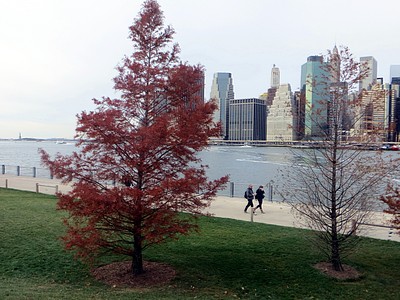
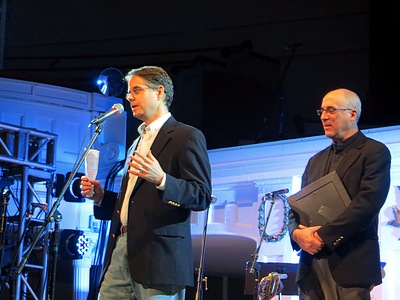

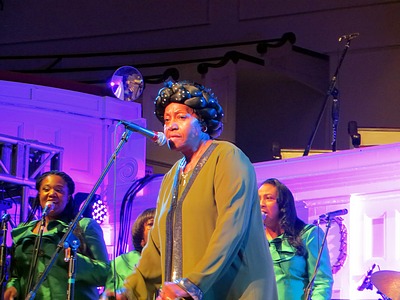
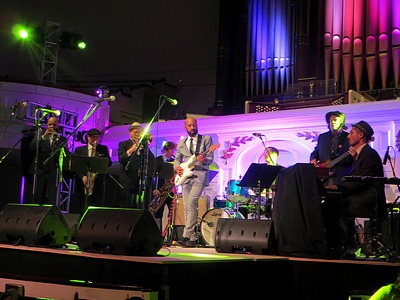
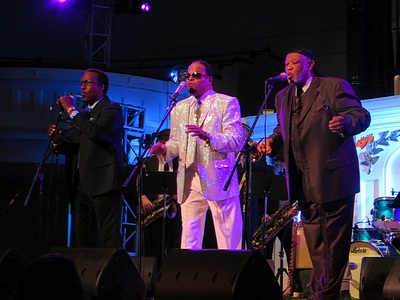 The Impressions started their set with
The Impressions started their set with 